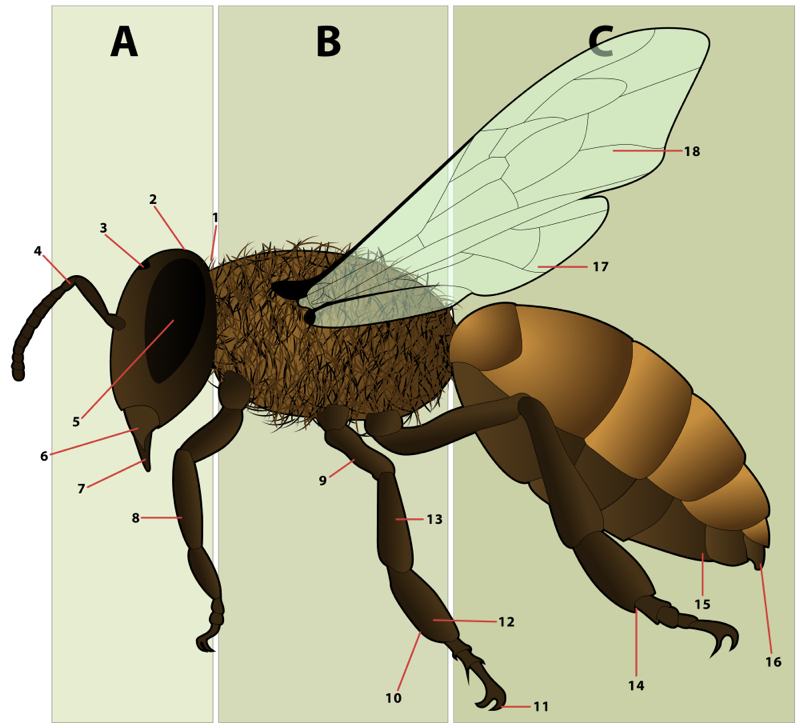To be a bee: This honey of a robot will fly like no other!


The honey bee has a puny brain.
But man is that miniscule mound of gray matter finely tuned as the winged pollinator's mission control center. It navigates better than a GPS. It unerringly returns the critter back to base every single time, after well-guided sojourns through unfamiliar flowery territory, using the sun and an acute sense of smell.
Couldn't humans use some of that sweet neural intelligence?
Sure they could. Imagine a plane on a search and rescue mission, finding its way perfectly over unchartered terrain and back home. Or, sticking directly with the the bee's reason to be, imagine putting such capability into a flying device that would mechanically pollinate crops.
That's exactly what a group of artificial intelligence scientists in England have in, er, mind, the BBC reports. They're building a computer model that unlike other AI projects does not mimic the brains of human, monkeys or mice. Rather, it takes its cues from the bee.
"Simpler organisms such as social insects have surprisingly advanced cognitive abilities," Dr. James Marshall of the University of Sheffield says. "Because the honey bee brain is smaller and more accessible than any vertebrate brain, we hope to eventually be able to produce an accurate and complete model that we can test within a flying robot."
The University of Sheffield is teaming with the University of Sussex to use graphics cards, rather than expensive supercomputers, to build a putative pilot that "can make decisions about what it senses rather than just carry out pre-programmed task," the BBC writes.
Step aside pea brain. Hello bee brain. Warranty void after one sting.
Photo: Mouagip via Wikimeda.
More natural navigation on SmartPlanet:
This post was originally published on Smartplanet.com